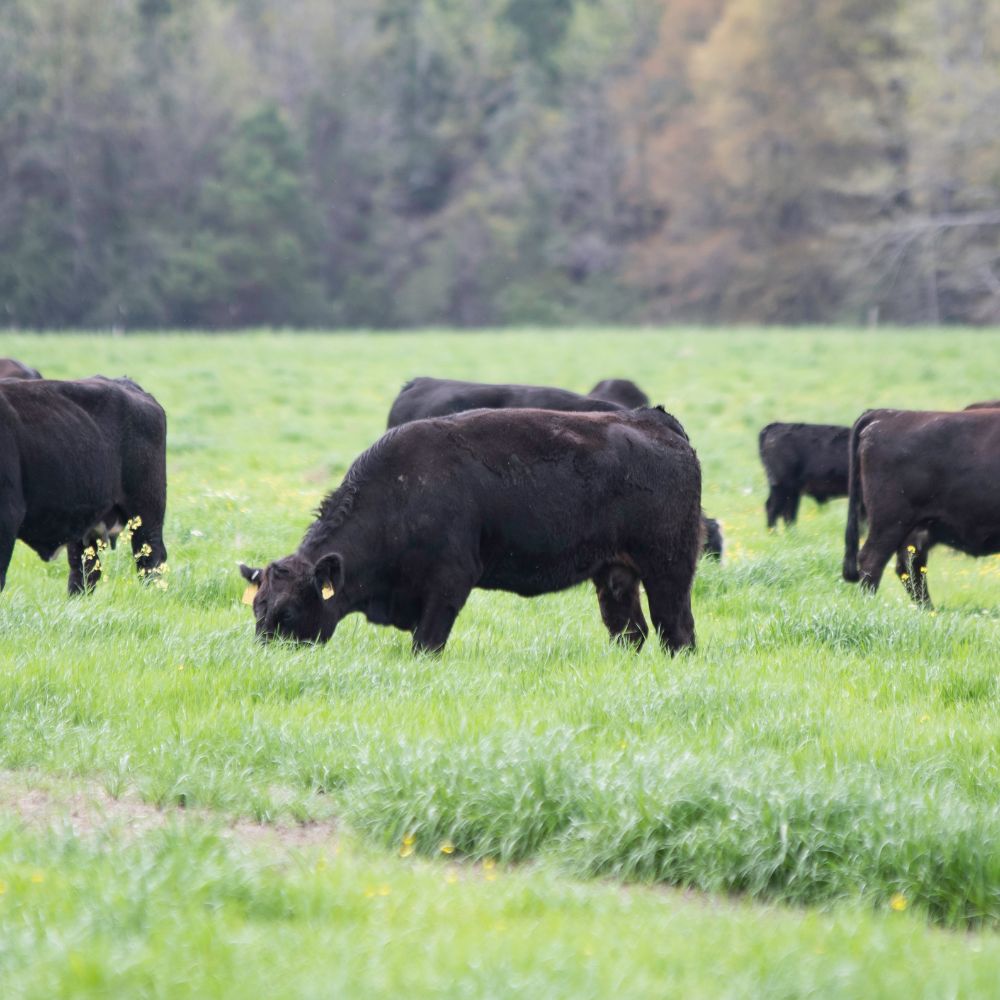The Basic Principles Of Bagley Risk Management
Table of Contents10 Simple Techniques For Bagley Risk ManagementFacts About Bagley Risk Management UncoveredFacts About Bagley Risk Management UncoveredSee This Report about Bagley Risk ManagementThe Basic Principles Of Bagley Risk Management How Bagley Risk Management can Save You Time, Stress, and Money.
When your contract reaches its end date, the last cost is determined using the CME Feeder Cattle Index. This is based on sale barns throughout the Midwest (not just your local market). If the index drops listed below your contract's coverage price, you may be paid the distinction. Cost Adjustment Factors will apply.Animals Danger Defense (LRP) is a USDA subsidized insurance coverage program that aids shield manufacturers from the risks that come from market volatility. With LRP, manufacturers have the ability to insure a flooring price for their livestock and are paid an indemnity if the market worth is less than the insured price.
This item is intended for. What is LRP.
Little Known Questions About Bagley Risk Management.

In the last number of months, numerous of us at FVC and PCM have gotten concerns from producers on which danger monitoring device, LRP vs. Futures, is much better for a pork manufacturer? Like a lot of tools, the solution depends on your operation's objectives and situation. For this version of the Dr.'s Edge, we will check out the scenarios that have a tendency to favor the LRP tool.
In Mike's analysis, he contrasted the LRP calculation versus the future's market close for each day of the past 20 years! The portion expressed for each and every month of the offered year in the first area of the table is the portion of days in that month in which the LRP computation is less than the futures close or simply put, the LRP would possibly indemnify more than the futures market - https://www.pageorama.com/?p=bagleyriskmng. (Livestock risk protection insurance)
As an example, in January 2021, all the days of that month had LRP possibly paying greater than the futures market. Alternatively, in September 2021, all the days of that month had the futures market potentially paying even more than LRP (no days had LRP lower than futures close). The propensity that dawns from Mike's evaluation is that a SCE of a LRP has a greater likelihood of paying extra versus futures in the months of December to Might while the futures market has a greater likelihood of paying much more in the months of June to November.
Bagley Risk Management Fundamentals Explained

50 or $5. 00). As an instance, in 2019, LRP was far better or within a $1. 25 of the futures market over 90% of the days in all the months other than June and August. Table 2 illustrates the typical basis of the SCE LRP estimations versus the future's close for the provided time frameworks per year.
Once discover this info here more, this information supports a lot more chance of an SCE of a LRP being far better than futures in December with May for most years. As a typical caution with all evaluation, previous performance is NO warranty of future efficiency! Also, it is important that manufacturers have accounting protocols in position so they know their cost of manufacturing and can better identify when to use threat monitoring devices.
Getting The Bagley Risk Management To Work
Some on-farm feeders may be considering the demand for price defense currently of year on calves maintained with the intent to feed them to a coating weight at some point in 2022, using available feed sources. Regardless of strong fed livestock rates in the present neighborhood market, feed costs and present feeder calf bone values still make for tight feeding margins moving on.
23 per cwt. The existing ordinary auction price for 500-600 pound steers in Nebraska is $176 per cwt. This recommends a break-even cost of $127. 57 for the 1,400-pound guide in July of 2022. The June and August live cattle contracts on the CME are presently trading for $135. 58 and $134.
Cattle-feeding ventures tend to have tight margins, like numerous agricultural enterprises, due to the competitive nature of business. Livestock feeders can bid more for inputs when fed livestock rates rise. https://www.tumblr.com/bagleyriskmng. This enhances the cost for feeder cattle, particularly, and somewhat increases the prices for feed and other inputs
The Buzz on Bagley Risk Management
Nebraska cattle are close to significant handling facilities. As an outcome, basis is favorable or zero on fed livestock throughout much of the state.
Only in 2020 did the LRP coverage cost surpass the finishing value by adequate to cover the premium price. The net effect of having this LRP coverage in 2019-20 was considerable, adding $17. 88 per cwt. to the lower line. The result is a favorable ordinary web outcome over all 5 years of $0.
37 The manufacturer premium declines at lower insurance coverage degrees but so does the protection cost. The result is a lower net result (indemnity costs), as insurance coverage degree declines. This shows reduced effective levels of security. Since manufacturer premiums are so low at lower protection degrees, the producer loss proportions (indemnity/premium) increase as the insurance coverage level decreases.
More About Bagley Risk Management
In general, a manufacturer needs to take a look at LRP protection as a system to protect result cost and subsequent earnings margins from a risk management point ofview. Nevertheless, some producers make an instance for insuring at the lower degrees of protection by concentrating on the decision as a financial investment in danger management defense.
